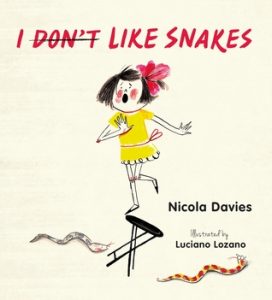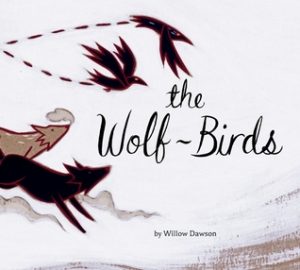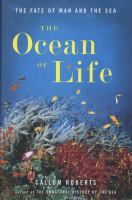 Do you like snakes? Have you met The Dude (resident snake at Civic Centre Resource Library)? He’s adorable and is sure to change your mind about snakes, if your answer to the first question was “no”! If you’re not quite up to using exposure to get you over your fear of snakes, then maybe this book will do the trick: I (Don’t) Like Snakes by Nicola Davies (who is also the author of Poop, Tiny Creatures, Extreme Animals, and Just Ducks!, to name a few), illustrated by Luciano Lozano.
Do you like snakes? Have you met The Dude (resident snake at Civic Centre Resource Library)? He’s adorable and is sure to change your mind about snakes, if your answer to the first question was “no”! If you’re not quite up to using exposure to get you over your fear of snakes, then maybe this book will do the trick: I (Don’t) Like Snakes by Nicola Davies (who is also the author of Poop, Tiny Creatures, Extreme Animals, and Just Ducks!, to name a few), illustrated by Luciano Lozano.
This is kind of an odd book, in that I’m not sure whether it’s supposed to fall within the picture book market or the junior non-fiction one, because while there’s a story to it and it’s definitely a book filled with illustrations, Davies also includes lots of information about snakes, from the way they move around to how they molt their skin. One thing’s for sure though: the illustrations are adorable. And! The moral of the story, I think, is not only that snakes are awesome, though they are (maybe in both the colloquial and traditional sense of the word, at that), but that sometimes, hatred stems from ignorance, and that’s a takeaway message filled with hope and a healthy dose of optimism, because that’s something we can take into our own hands – all the more so at the library!
I’m going to move onto a number of books about snakes so that once I (Don’t) Like Snakes starts up your curiosity for all things anguine, you’ll be able to whet your appetite with some of the following.

